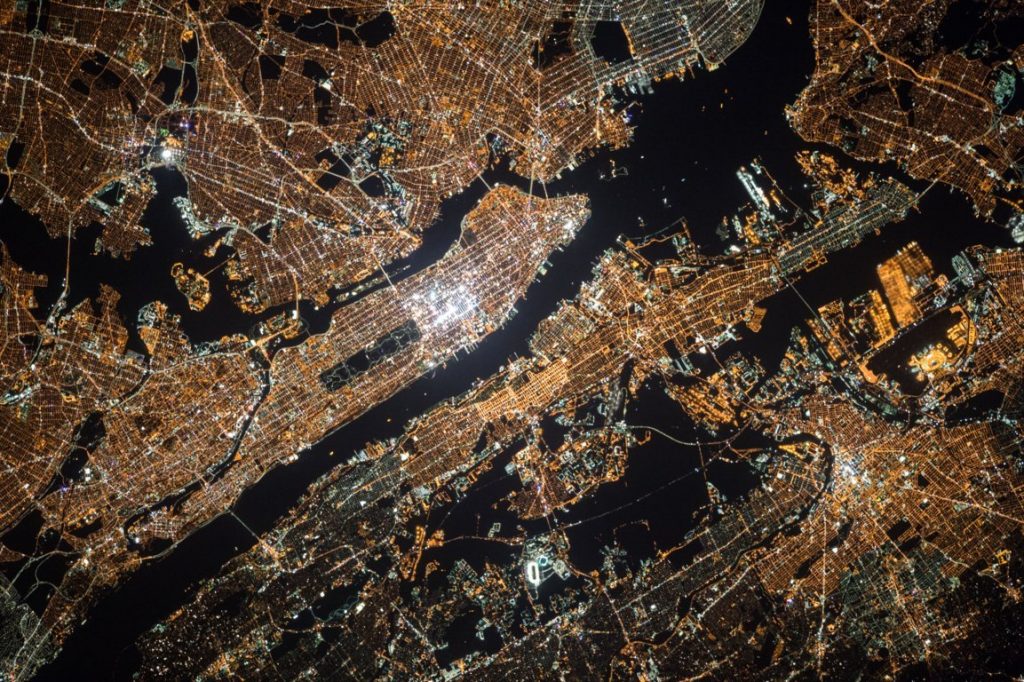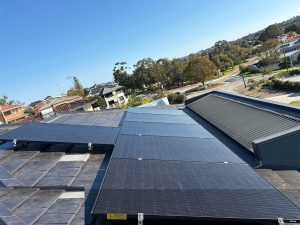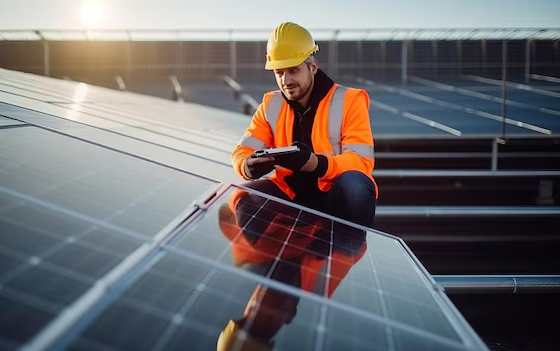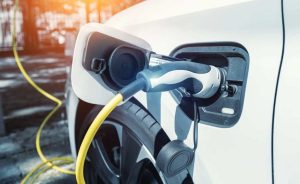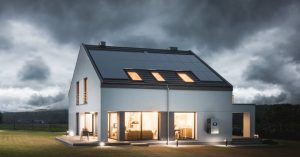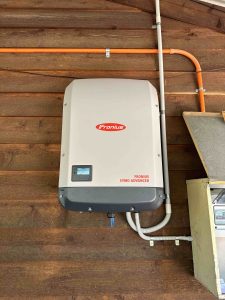Solar energy uptake is seeing a large surge throughout the world – mainly in US, Australia and China. PV panels are pushing technological boundaries to achieve higher mass-production panel efficiency. As of now, around 22-24% is the highest efficiency of a commercially available solar cell. However, the power generation still depends on a number of factors – latitude, landscape, local weather and and season. Only 22.5% of direct solar radiation from the sun reaches the earth’s surface. The rest gets reflected, absorbed by atmosphere and scattered by sky and/or clouds. Depending on the latitude, some European countries have the least potential for solar power. Now, what if, the PV panels are installed on a location with no such planetary interferences? Solar space farm seems like the only possible answer to that.
Solar Space Farm In Geostationary Orbit
It is worth noting that the first applications of PV power generation were for spacecrafts and satellites. Almost every lunar, mars and planetary orbiters are powered by specially designed flexible solar arrays. The solar arrays/sails designed in the 1970s for these purposes are so state-of-art that the Voyager 1 and 2 are still powered by them, after nearly 25 years of continuous operation.
Even though this sounds a bit of science fiction, this concept, to say the least, is highlighted in China’s twelfth five-year plan. Draft designs/mockups are already in place The solar space farm would be located 36,000 kms above the earth – in geosynchronous orbit. It will be unaffected by the aforementioned interferences faced by a conventional solar plant. The generated power would reach the ground power stations as microwaves. The plant is projected to generate power continuously with he unofficial commissioning date for the project being in 2050.
However, this seemingly next-generation project has a lot of caveats that needs solutions. Conversion losses, transmission losses and initial investment costs might make it sound like the least optimal solution. This is because one of the our primary target is energy generation from renewables. Towards this cause, solar power is already cheaper than coal. Hydro power is the most used (in terms of size) renewable alternative globally. In the next one to two decades, its possible that proper investment in mix renewable bulk energy systems (solar, wind and hydro) and nuclear fusion can meet all of our energy requirements. Thus, the question would be whether the concept of a solar space farm rose out of human curiosity or another “space race” or our renewable energy targets?

